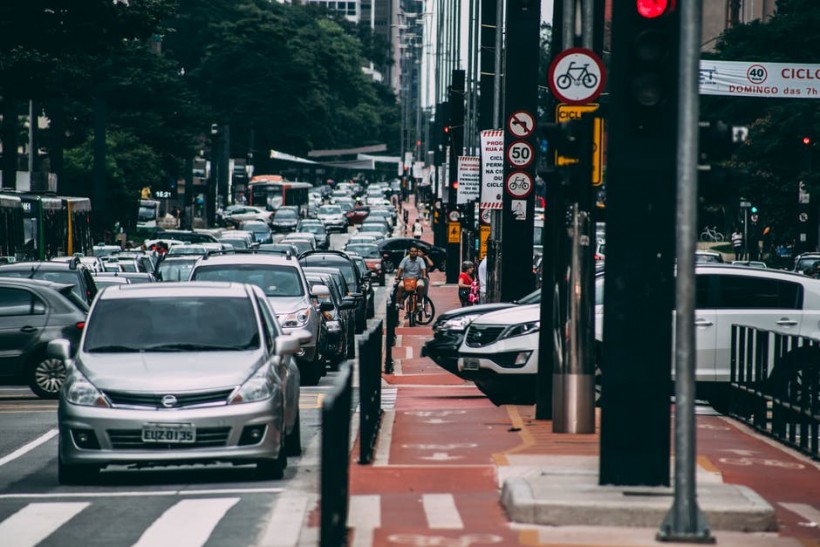Millions of used cars that are substandard and highly polluting are being sold to poorer countries like Africa by richer countries such as the US, Europe, and Japan, and contribute to climate change.
Millions of old cars
They are being "dumped" into poor nations, said a UN report. A total of 14 million poor quality, used vehicles have been exported from 2015 to 2018, with 80% sold to developing countries and over 50% imported to Africa.
Substandard vehicles
According to experts, 80% have failed the minimum environmental and safety standards of vehicles in exporting countries. These make them prone to accidents, cause air pollution, and worsen climate change.
In addition, many of the exported vehicles were tampered with, with valuable parts removed.

Millions of used cars that are substandard and highly polluting are being sold to poorer countries like Africa by richer countries such as the US, Europe, and Japan, and contribute to climate change.
READ: Record Delay in Arctic Laptev Sea Ice Formation Can Have Cascading Effects in the Polar Regions
The UN report
The UN report was published by UNEP or the UN Environment Program. According to the report, both the importers and exporters should implement strict regulations that will minimize the export of substandard cars.
Car sales are increasing worldwide. It is estimated that 1.4 billion vehicles ply roads all over the globe, and by 2040, this number is expected to reach two billion.
The study discovered that the regulations governing car importation in most of the countries studied were weak.
READ ALSO: New Discovery: Cooling Paint That Could Cut Emissions and Reduce Temperature
A Netherlands study
Another study by the Netherlands Human Environment & Transport Inspectorate found that many of the vans and cars exported by the Dutch to Africa were outdated.
According to UNEP study co-author Rob de Jong, 80% of the 14 million vehicles exported weren't roadworthy; they failed to meet Euro 4 vehicle emission standards.
He added that the substandard vehicles are emitting 90% more polluting emissions due to their failure to reach the minimum standard.
Dirty, dangerous vehicles
The authors say that the vehicles are "dirty" and dangerous. According to them, the vehicles are the cause of increasing numbers of accidents in the Asian and African countries which imported them. In addition, these vehicles emit fine nitrogen oxide and particulate matter, known to be major air pollution sources.
According to UNEP's Jane Akumu, the average diesel vehicle age imported by Uganda in 2017 was more than twenty years old. The same is true in Zimbabwe.
Approximately 30 African countries have no car age limit so that all kinds of cars are eligible for importation.
Stolen parts
Many of the vehicles were also tampered with, with important equipment missing. According to de Jong, the catalytic converters were taken because their value in platinum reaches 500 dollars. A steel pipe is just welded into place as a substitute.
In addition, the airbags were also illegally removed because these are still valuable. The anti-lock braking system was also illegally removed due to its value on the black market.
Exporting countries
The report found that over 54% of exports originated from Europe, particularly the Netherlands. Authorities in this country want to take action on the practice.
Netherlands environment minister Stientje van Veldhoven is calling for coordinated action by European exporters, with close cooperation between the governments of Africa and Europe. They hope to ensure that exports meet quality standards.
Unified action
According to de Jong, to export such substandard vehicles is unethical. However, the importing countries should also enforce strict minimum standards.
Importing used cars to Africa by the US, Europe, and Japan is a responsibility of both sides so that low-quality vehicles do not contribute to climate change.
READ NEXT: Indigenous Burning Techniques: Protecting Forests from Wildfires the Native American Way
Check out for more news and information on Climate Change on Nature World News.
© 2024 NatureWorldNews.com All rights reserved. Do not reproduce without permission.





